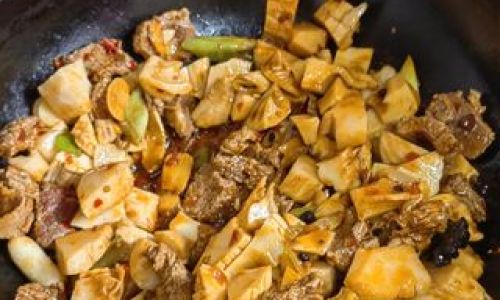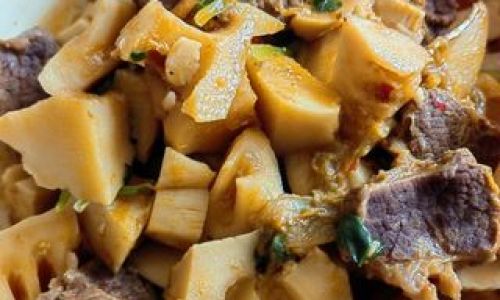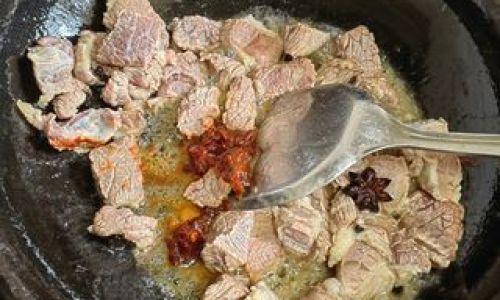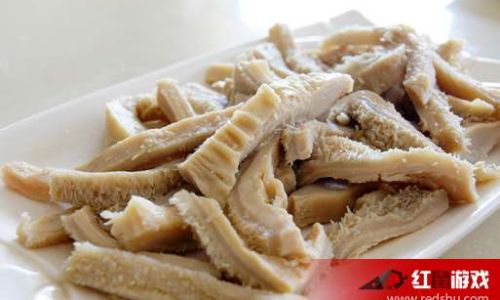Cooking a perfectly roasted beef brisket is an art that combines patience, precision, and a love for hearty, flavorful dishes. This cut of meat, known for its rich, beefy taste and tender texture when cooked properly, can be the star of any dinner table. Whether you’re hosting a family gathering, a casual dinner with friends, or simply treating yourself to a gourmet meal at home, mastering the technique of roasting beef brisket will elevate your culinary skills and delight your taste buds. In this guide, we’ll walk you through every step of the process, from selecting the right brisket to achieving that perfect, golden-brown crust and melt-in-your-mouth interior.
Choosing the Right Beef Brisket
Before you even think about seasoning or roasting, it’s crucial to start with a high-quality piece of meat. Beef brisket typically comes in two main varieties: flat-cut and point-cut, with some butchers offering a combination of both known as a “packer brisket.”
- Flat-Cut Brisket: Thinner and more uniform in shape, this cut is leaner and often preferred for its ability to cook more evenly. It’s ideal for those who prefer a less fatty texture.
- Point-Cut Brisket: Thicker and more irregular in shape, this cut has more marbling and fat, which can result in a juicier, more flavorful final product. It’s great for those who don’t mind a bit of extra fat and enjoy a richer taste.
When selecting your brisket, look for one with a good amount of marbling (small fat deposits within the muscle) as this will help keep the meat moist during roasting and add to its overall flavor. The brisket should have a firm texture and a fresh, slightly red color. Avoid pieces that look dried out, discolored, or have an excessive amount of surface fat.
Preparing the Brisket
Once you’ve chosen your brisket, it’s time to prepare it for roasting. This involves trimming, seasoning, and sometimes even marinating, depending on your preferred method.

-
Trimming: Use a sharp knife to trim off any excess fat, especially on the outer edges. While some fat is desirable for flavor and moisture, too much can make the brisket greasy and difficult to cook evenly. Aim for a thin layer of fat cap on one side, which will help baste the meat as it roasts.
-
Seasoning: Seasoning is key to locking in flavor and creating a delicious crust. A classic rub for beef brisket includes a blend of coarse salt, black pepper, garlic powder, and paprika. Feel free to experiment with additional spices like brown sugar, cumin, or chili powder to suit your taste preferences. Apply the seasoning generously all over the brisket, massaging it into the meat to ensure even coverage.
-
Marinating (Optional): For an extra layer of flavor, you can marinate your brisket overnight. A simple marinade of apple cider vinegar, Worcestershire sauce, soy sauce, and your favorite herbs and spices can do wonders. Place the brisket in a large, resealable plastic bag or a non-reactive container, pour in the marinade, and refrigerate for at least 12 hours, turning occasionally.
Preheating and Preparing the Oven
Preheat your oven to a temperature between 250°F (121°C) and 300°F (149°C). Lower temperatures allow for slower cooking, which is essential for breaking down the tough collagen fibers in brisket, resulting in a tender, juicy final product.

While the oven is preheating, you can also prepare your roasting pan. Line it with aluminum foil or parchment paper for easier cleanup, and place a roasting rack or wire rack inside if you want to elevate the brisket for even heat distribution on all sides.
The Roasting Process
Now, it’s time to put your brisket in the oven. Here’s a step-by-step breakdown:
-
Initial Sear: For a beautiful crust, start by searing the brisket on all sides in a hot, oven-safe skillet with a bit of oil. This can be done on the stovetop over high heat until the meat is browned all over, about 3-4 minutes per side. Alternatively, you can use the broiler function in your oven, placing the brisket on the highest rack for a few minutes per side, watching carefully to avoid burning.
-
Roasting: Place the seared brisket fat-side up in the preheated oven. If using a rack, position it so that the brisket is not directly touching the bottom of the pan, allowing air to circulate around it.

-
Monitoring and Basting: Depending on the size of your brisket, it can take anywhere from 4 to 8 hours to reach the desired doneness. Use a meat thermometer to check the internal temperature; you’re aiming for around 195°F (91°C) for a tender, juicy brisket. Tent the brisket loosely with foil after the first 2-3 hours to prevent over-browning and to help retain moisture. If desired, you can baste the brisket periodically with its own juices or a mixture of broth, apple cider vinegar, and herbs.
Resting and Serving
Once the brisket reaches the desired internal temperature, remove it from the oven and let it rest, uncovered, for at least 30 minutes to an hour. This resting period is crucial as it allows the juices to redistribute throughout the meat, ensuring every bite is juicy and flavorful.
After resting, slice the brisket against the grain for the most tender texture. Serve it hot, accompanied by your favorite sides such as mashed potatoes, roasted vegetables, or a tangy barbecue sauce.
Tips for Perfection
-
Use a Meat Thermometer: The most reliable way to ensure your brisket is cooked to perfection is by using a meat thermometer. Insert it into the thickest part of the meat, avoiding any bones or large pieces of fat.

-
Don’t Rush the Rest: Resting is as important as the cooking process itself. Be patient and let the brisket rest for at least 30 minutes to ensure maximum juiciness.
-
Experiment with Flavors: Don’t be afraid to experiment with different seasonings and marinades. Whether you prefer a classic, savory rub or something with a bit of sweetness or heat, there’s endless potential for flavor combinations.
In conclusion, roasting a beef brisket may require some time and attention, but the rewards are well worth it. With the right techniques, ingredients, and a bit of patience, you can create a mouthwatering, restaurant-quality dish that will impress even the most discerning palate. So, gather your ingredients, preheat your oven, and embark on a culinary journey that promises a hearty, satisfying meal filled with rich, beefy flavors and tender, succulent texture. Enjoy your roasted beef brisket!





0 comments